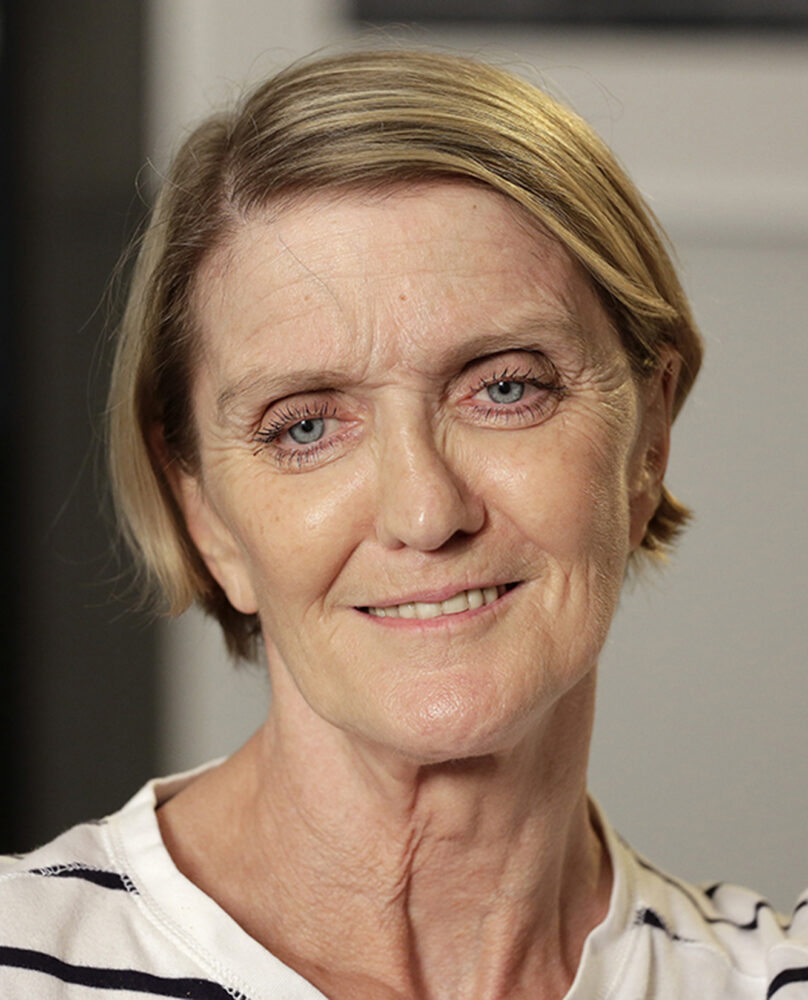
Kathy Gannon
Shorenstein Fellowship
Fall 2022
Kathy Gannon served as news director for Pakistan and Afghanistan for The Associated Press until May, 2022. She has covered the Afghanistan/Pakistan region for the AP as a correspondent and bureau chief since 1988, a period that spans the withdrawal of Russian soldiers from Afghanistan, the assassination of Benazir Bhutto, the bitter Afghan civil war, and the rise and fall of the Taliban. In addition to her coverage of South-Central Asia, she has covered the Middle East, including the 2006 Israeli war against Hezbollah in southern Lebanon, and war in northern Iraq. She has embedded with the Afghan National Army and with the Kurdish PKK movement in Iraq. Gannon was the only Western journalist allowed in Kabul by the Taliban in the weeks preceding the 2001 U.S.-led offensive in Afghanistan.
In April 2014 Gannon was seriously wounded – hit by seven bullets – while covering preparations for Afghan national elections, when an Afghan police officer opened fire on the car in which she was riding. Her colleague and close friend, AP photographer Anja Niedringhaus, was killed in the attack.
A native of Timmins, Ontario, she was the city editor at the Kelowna Courier in British Columbia and worked at several Canadian newspapers before her career took her overseas. She has received two honorary doctorates from Northern Canada universities and is the recipient of numerous awards. In 2005 Gannon authored “I is for Infidel: From Holy War, to Holy Terror, 18 Years Inside Afghanistan,” an examination of the Taliban and post-Taliban period, published by Public Affairs. She is the recipient of numerous awards, including the 2022 Columbia School of Journalism Award for lifetime achievement. Gannon is married to respected Pakistani architect Naeem Pasha, and has a stepdaughter, Kyla Pasha.
While at the Shorenstein Center, Gannon will be working on research into the “Challenges of Conflict Reporting,” in which she will examine the content of the international reporting on Afghanistan’s many conflicts, as well as its impact on policy making and public perceptions.